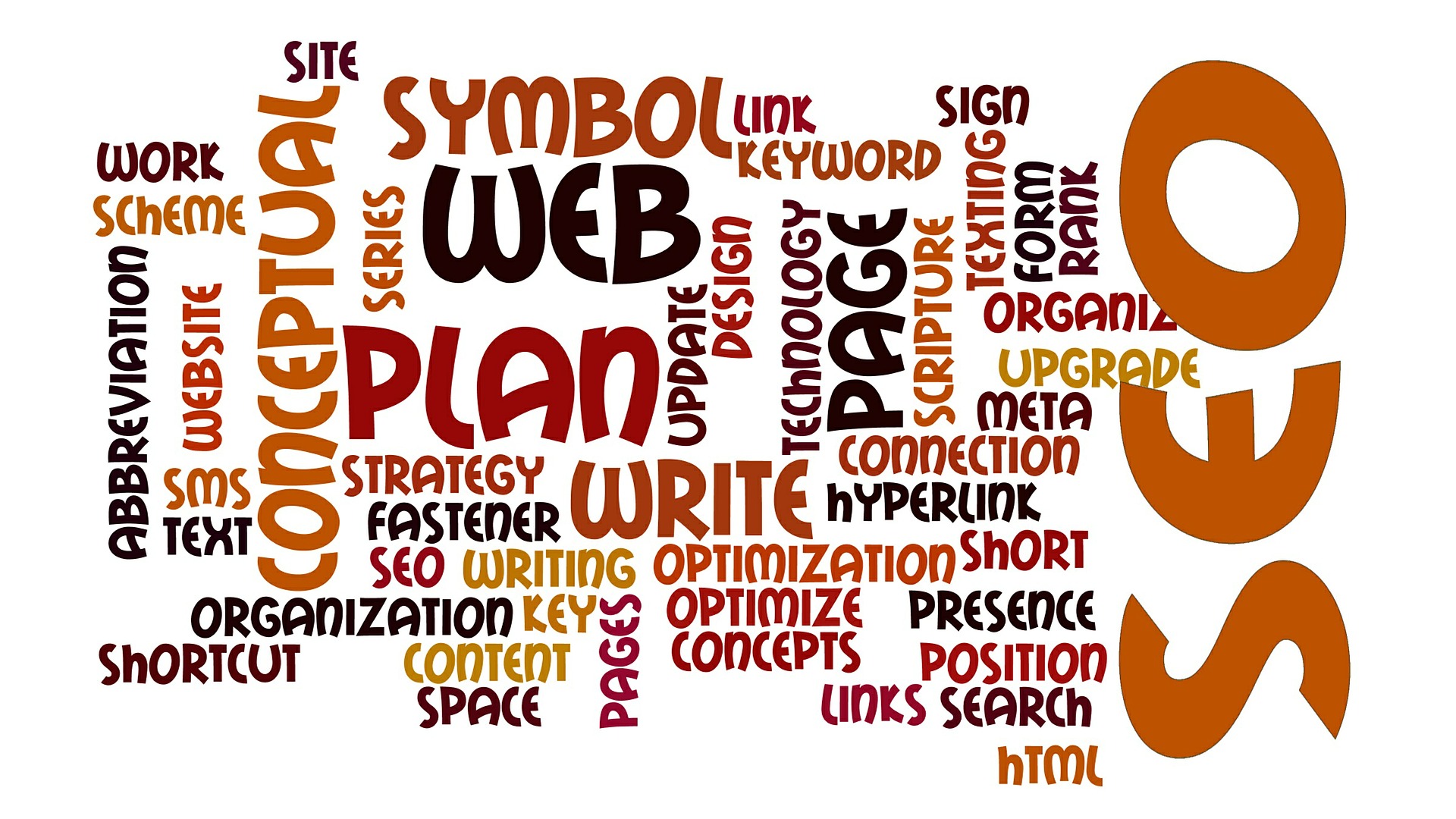We have talked about UX and how important it is. For SEO too. In this article we are going to combine UX and SEO and make our site "it's windy". Or to be more precise to increase traffic, the sensational user experience and ultimately building loyal customers and increasing sales. Not bad at all, so;
ok, perhaps we go a step further by trying to combine both, but we want to give you enough supplies that will help your business go even further and increase its revenue even more. Because in the end that's the point.
Before we start, let's quickly see what UX means and what SEO means
UX or User Experience or customer experience on the website is a set of factors which brings your site to the potential customer's preferences. The user can browse easily and quickly, to find what he is looking for and in general to feel familiar and gain a positive experience from his stay on your site.
Read also: What is UX design and why is it important for small businesses?;
SEO on the other hand is the set of factors that define the ranking order of your site in search engine results. These factors may be technical or content related. Some of them are the loading speed of the pages, the interesting content, the keywords, the backlinks, the length of stay and the dropout rate.
Read more here: SEO friendly content, how to create and take off your site
How UX and SEO are connected
Let's see now how these two are connected. Research has shown that customer loyalty (through a positive UX-experience) significantly affects page rank in Google search results.
After all, one of the most determining ranking factors is the time spent by someone on your website: How many pages did he open?, how long they browsed and how quickly they left a page or website (dropout rate).
So for someone to spend enough time on your website(very positive for SEO) means that he likes the site and what he sees and finds quite interesting content in any form. Commonly lives one pleasant experience wandering around your site. Mainly because of this UX is responsible!
To get even more technical, although we don't know to what extent user satisfaction is factored into Google's algorithms, certainly plays an important role. We would say that ultimately customer satisfaction and experience are SEO factors. That is, factors for your site to rise higher in the search results. So good UX is good SEO!
Let's see now how we can have the best combination of UX and SEO that will lead to higher ranking in Google
We should generally keep one thing in mind in order to get the best results from the "marriage" of UX and SEO: Extend the visitor's time on our site as much as possible.
How to extend the time the user stays on your site:
Find your ideal audience
Knowing your ideal audience is the beginning of everything. It serves two main purposes when it comes to websites:
First of all by knowing your ideal audience you can create content tailored to needs, to his problems and interests. When you talk to heart of your ideal audience it's easier for them to connect with you, to trust you and eventually become your loyal customers.
Secondly, knowing your ideal audience will help customize your site design to his preferences. Which buttons are easiest to press, how many images they want to see, how will the menu be configured, etc.
Improve your site speed
You can't talk about good design if your site "crawls". Who will wait over 2-3 seconds if it doesn't load a page. Everyone's time is valuable and surely whoever enters your site does not want to waste their time. After all, there are others out there for him to find what he's looking for. It's a shame to have great content, product or service and someone can't see it because the page is slow to load.
There are many ways to improve speed such as lower the resolution on photos and videos or set up the site on another platform. Don't worry most of the speed related bits are done by your developer, so a good cooperation with him is essential.
Create relevant and interesting content every so often
The main reason the user is on your site is the content you provide. Information he is looking for, solutions to his problems, products and services that interest him. For example, when he finds an interesting article, he is likely to want to read it and another and then another. In this case make sure to leave link in your articles for more about and interesting articles and so on. In addition, from the moment he gets the information he is looking for, he is likely to return to your site to find a solution to another similar problem or if he wants more information. Here let's say that having someone recognize your brand and search your site directly on Google also positively affects SEO.
Clearly when you create content(e.g. article) make sure you don't go off topic and the length is so-so. For example, while there is no point in writing 2000 words for a recipe, it is helpful to elaborate when writing an article about the economic downturn. Finally, as we said, no one wants to waste time and read things that do not interest them, so stay to the point!
Make sure you answer multiple questions through the content
Another way to keep the user longer is to answer more than one question at the same time. So if someone wants to know information about the highest peak in the world they will probably also want to know about the 2the and for her 3the. Most answers, they mean more useful information to read so the user will stay longer on your site than if he received only one piece of information.
You'll probably see this trick if you see article titles like "5 Ways to Brighter Skin", "Top 10 winter destinations in Greece" etc. We think you got the point.
Insert internal links(links)
Placing internal links is another one great strategy to keep the user longer on your site. It is of course very important that these links lead in content relevant to what the user is reading/searching for. These links may lead to other relevant articles on your site or to products that may be of interest to the customer. With this tactic you not only gain from SEO but also your potential customer leaves satisfied having gotten a lot more information.
Create Call To Action
In other words, prompt users to do something. Like for example clicking on an article or a product that might be of interest to them. Use images, buttons and words that easily lead the user to the next step.
Use cookies
Yes, those cookies to which you have to press acceptance someone just enters a website. These cookies do nothing more than record the user's preferences. You can use them to present personalized products that may be of interest to the user as they are shaped based on their preferences.
There may be a sales motive behind this personalized shopping experience, but the products presented to users are products they are likely to want to read more or buy and, therefore, they are more likely to stay on the site for longer.
Optimize your website for mobile devices
Once above the 80% of users use their mobile to enter a website we don't need to say more. If your website is not optimized for mobile devices you lose SEO points, you create bad user experience and of course you lose people who could have been or are your customers.

It's not just us, so does Google
From the 2010 Google announced that page speed is a ranking factor. In fact, there have been several rank correlation studies that show this to be the case. In addition, in March of this year, there was a statement that mobile page load speed will be another ranking factor.
On the other, the dropout rate is a bit controversial topic as an SEO ranking factor. As a standalone metric in Google Analytics, shows the percentage of visitors who leave the site after visiting a single page. However, leaving a website after visiting one page it's not always bad. Some pages give direct answers to queries so a high bounce rate is expected. Therefore, one should not make strategic SEO decisions based on bounce rate without the adequate amount of information to base it on and other parameters, such as user intent, the content type, the CTAs and so on.
Here goes…

UX and SEO go hand in hand and it seems that optimizing websites for user satisfaction can lead to higher search results rankings. Admittedly, UX is a broad topic and the above tips only cover a small part of it. However, we hope the above has piqued your interest in UX and given you more optimization ideas in order to create one really great customer experience to rise higher in search results and to win new as well as loyal customers.
Trust us, with the proper organization, help and guidance things are much easier than you think!
Whatever issue you are facing regarding your business's online presence, we may be able to help. We will be happy if you contact us.
Read also:
19 Ways To Improve Your Small Business Website
Learn How To Create Content That Sells
Follow us on Facebook, Instagram and Linkedin to stay informed.













